Gait Analysis System: Understanding How It Helps You Optimize Your Gait
In daily life, our gait might not be the most prominent concern, yet the quality of our gait directly affects our physical health, athletic performance, and injury risk. Whether walking, running, or standing, every movement we make impacts our joints, muscles, bones, and the overall health of our musculoskeletal system. To optimize gait, enhance athletic performance, and even prevent injuries, the gait analysis system has become an indispensable tool. Using advanced technology, it helps us comprehensively understand our gait, allowing for targeted adjustments and improvements.
In this article, we will provide an in-depth explanation of the working principle of the gait analysis system, and how it can help you optimize your gait, improve athletic performance, and reduce the risk of injury. By understanding this technology, you will be better equipped to use the gait analysis system to enhance your physical health and athletic ability.
What is a Gait Analysis System?
A gait analysis system is a high-tech device designed to precisely record and analyze human gait data during movement (such as walking, running, jumping, etc.), helping athletes, doctors, and ordinary people identify and improve gait problems. Gait analysis systems typically use a combination of sensors, cameras, pressure-sensitive devices, and advanced data analysis software to capture and process gait information. It can measure stride length, step frequency, center of gravity distribution, joint motion trajectories, and more, providing a comprehensive movement analysis report.
The application of gait analysis systems is widespread, covering fields such as sports training, sports rehabilitation, foot health, and elderly health management. It helps athletes optimize their performance, assists patients in recovering their mobility, and offers gait optimization solutions for everyday individuals. By precisely analyzing gait, the gait analysis system provides comprehensive digital support for athletic health.
The Working Principle of a Gait Analysis System
The working principle of a gait analysis system primarily relies on a series of high-precision sensing technologies and data processing systems. Although different models of gait analysis systems may vary, most of them follow several core principles.
3D Motion Capture Technology
A gait analysis system typically uses 3D motion capture technology. This technology tracks the movement trajectories of the body's joints using multiple cameras or sensors. By tracking the motion of the athlete's joints, the system can generate a 3D image that accurately displays the positions and movement trajectories of the joints during motion.
This technology not only records basic gait data (such as stride length, step frequency, and gait balance) but also provides detailed information on joint angles and limb movement trajectories. These data help athletes understand the accuracy of their movements and the stability of their posture during activity, allowing them to make appropriate adjustments.
Pressure Sensing Technology
Pressure sensing technology is a key component of the gait analysis system. It works by installing pressure sensors in insoles or platforms to monitor changes in the pressure applied to different parts of the foot in real time. During walking, running, or other activities, the system can precisely record the pressure distribution on the foot when in contact with the ground. These data help athletes understand whether there is uneven pressure distribution during their movements, which could lead to poor posture or inefficient movement.
Pressure sensing technology also helps analyze the distribution of the athlete’s center of gravity. If the center of gravity is excessively tilted to one side, it may cause body imbalance, increase joint pressure, and raise the risk of injury. By using pressure sensing technology, the gait analysis system helps athletes identify the optimal center of gravity distribution and optimize their stride and posture.
Motion Trajectory Analysis
In addition to 3D motion capture and pressure sensing technology, a gait analysis system can also assess an athlete’s gait through motion trajectory analysis. This technology uses cameras and sensors to record the athlete’s steps, movements, and body posture in real time, generating a detailed motion trajectory map.
By analyzing the motion trajectory, the gait analysis system can detect subtle differences in movements during running, walking, or jumping. For example, the analysis might show that one foot slightly inverts or everts while running, which can cause excessive wear and tear on the knee and hip joints. The system can use precise trajectory data to guide the athlete in adjusting their stride, improving their performance.
Data Visualization and Report Generation
A gait analysis system not only captures and processes large amounts of motion data but also presents this data in a visual format for users. Through heat maps, charts, and 3D models, the system can clearly display gait problems. For example, through heat maps, users can see the pressure distribution across different regions of the foot, highlighting areas that bear too much pressure or areas that are under pressure.
These detailed analysis reports allow athletes, doctors, or rehabilitation specialists to easily identify issues in the athlete's movements and address them through training or treatment. This data-driven reporting provides precise guidance for gait optimization, ensuring that athletes adopt the correct posture during training and reduce the risk of injury.
How Can the Gait Analysis System Help Optimize Gait?
Improve Athletic Efficiency
The gait analysis system helps athletes understand their stride, posture, and center of gravity distribution, allowing them to optimize every detail of their movements. Through gait analysis, athletes can identify the key factors that improve movement efficiency. For example, by adjusting stride length, step frequency, or motion trajectory, athletes can reduce energy waste and enhance their performance.
Prevent and Reduce Sports Injuries
The gait analysis system helps athletes identify gait problems that could lead to injuries. For example, uneven strides, unstable balance, or poor posture may increase the strain on the knees, hips, or spine, leading to joint injuries or muscle strains. By conducting gait analysis, athletes can detect these potential issues early and reduce the risk of injury through posture correction, using specialized insoles, or other interventions.
Enhance Athletic Performance
For professional athletes, the gait analysis system can assist in continuously optimizing training programs, improving athletic performance. By analyzing different gait parameters (such as stride length, step frequency, joint angles), the system provides precise feedback that helps athletes make technical breakthroughs in training. The system not only analyzes the athlete's performance but also improves their competitive level by continuously adjusting and refining their movements.
Personalized Training Plans
The gait analysis system provides personalized training recommendations for each athlete. Since every athlete’s gait is unique, the system designs tailored training plans based on individual characteristics. For example, some athletes may need to increase their step frequency, while others may need to stabilize their stride. The gait analysis system offers valuable reference data for creating customized training programs, allowing athletes to make targeted improvements and advancements.
Real-World Applications of the Gait Analysis System
The application of the gait analysis system is not limited to professional athletes; it holds significant value for the general population as well. Whether for recreational athletes, the elderly, or individuals undergoing rehabilitation, the gait analysis system plays a crucial role.
Athlete Training and Performance Enhancement
Professional sports teams and coaching staff use the gait analysis system to monitor athletes' gait data, helping them improve their technical skills and performance. The data provided by the system ensures more precise training, helping athletes adjust technical details to achieve better competition results.
Sports Rehabilitation and Therapy
The gait analysis system also plays an important role in sports rehabilitation. When athletes are recovering from injuries or surgeries, the system helps monitor progress and adjust rehabilitation plans based on data analysis. It helps prevent further injury by ensuring that athletes do not adopt incorrect movement patterns during recovery, ensuring a smooth rehabilitation process.
Elderly Health Management
The gait analysis system is also beneficial for elderly individuals, helping monitor changes in gait and prevent health issues such as falls. As people age, their gait often becomes unstable. The system helps identify gait problems early, providing personalized advice and intervention to reduce the risk of falls and fractures.
The gait analysis system is a powerful technological tool that helps athletes, ordinary individuals, and patients optimize their gait, enhance athletic performance, and reduce the risk of injury. By understanding the working principle of the gait analysis system, we can see how it plays a key role in improving physical health and athletic performance.

 +86-0755-86131192
+86-0755-86131192 2024-12-05
2024-12-05 Back to list
Back to list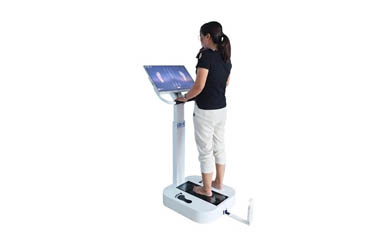
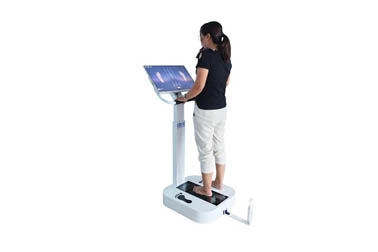
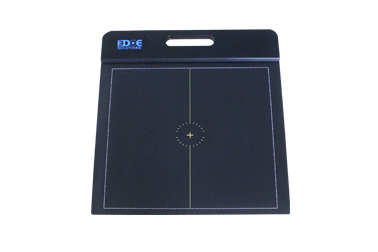
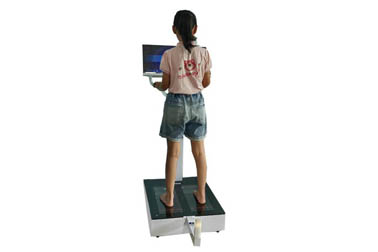
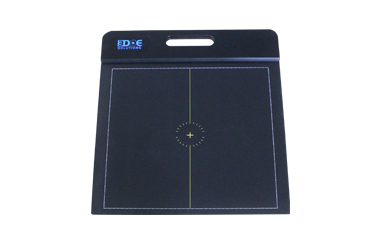
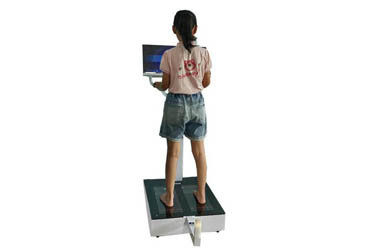



 +86-0755-86131192
+86-0755-86131192